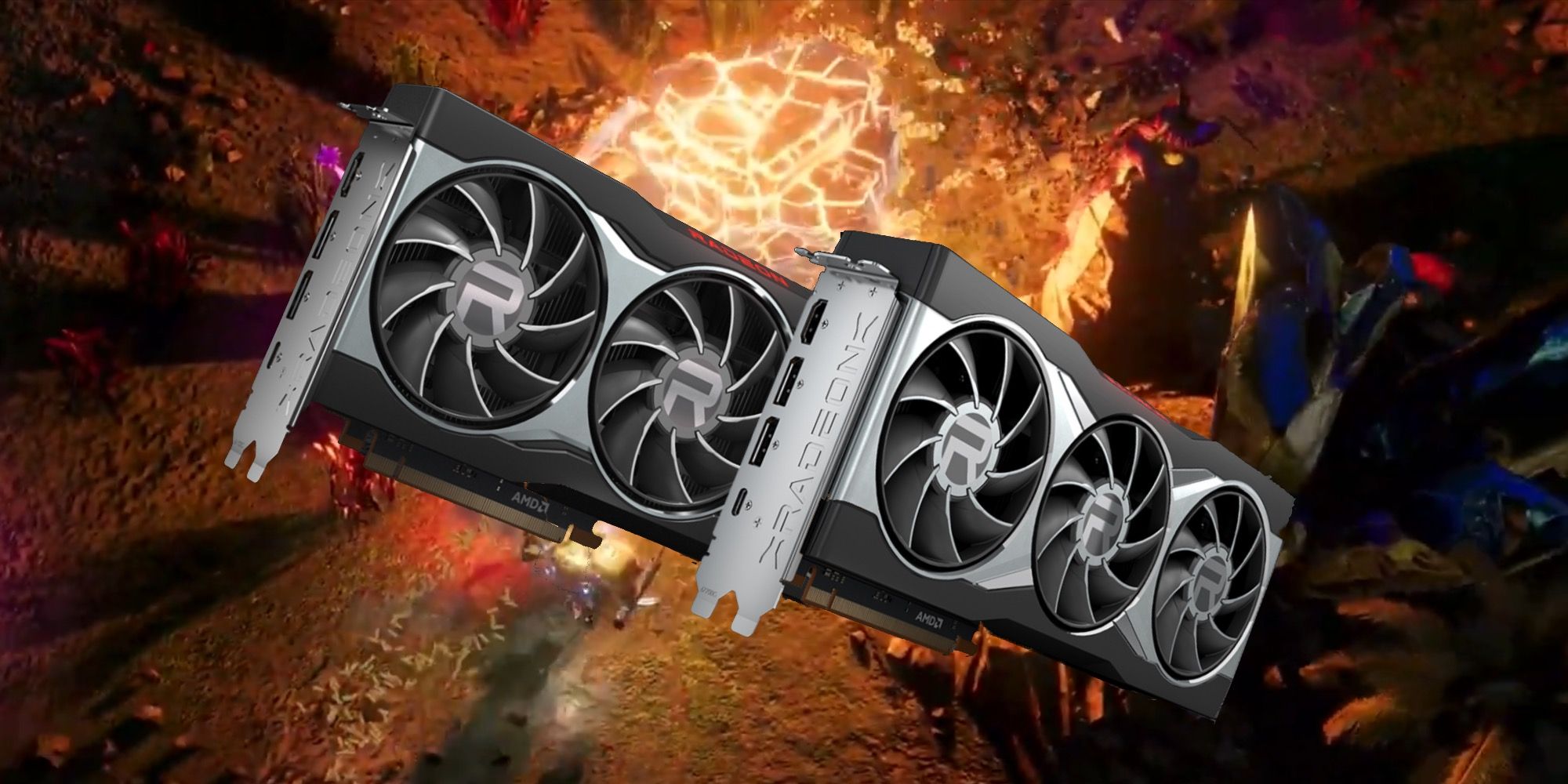

A comprehensive assessment between Scratch and cache is conducted by. The consequence indicates that Scratch has 40% lesser energy consumption and 34% slighter area than cache memory of the same size. The area and power consumption of scratch memory are prominently reduced because of the straightforwardness of the hardware design. This significantly decreases the hardware complexity of the scratch in the perspective of hardware.

As for caches, there is no requirement of the multiplexers, comparators, tag array and hit/miss logic. Related with cache, scratch is extensively used to reduce the chip area, get less energy consumption, and improved real-time guarantee. On the other side, satisfying the dynamic program behavior and its capability to dynamically save a subsection of most often utilized data in static RAM, cache is commonly implemented in general-purpose processors. On one side, in most current embedded processors the overheads of cache incur severe disadvantages. Scratch is in the main memory with unified address space and a SRAM (software-controlled), unlike cache. There is no necessity to assure the accessibility of the data in the scratch because the real placement of data entities (which is generally done in the last stage of the compiler) into the scratch address location is done by means of software. Major drawbacks of cache are it is time unpredictable, consume more energy and area than scratch and are more practical for irregular and generalized random-access memory, caches cannot be managed manually, data is not available all the time it may be expelled and need to be retrieved. Currently, cache and scratch memories are the most standard on-chip memory variants. In getting the complete benefit of currently and upcoming semiconductor development tools, energy consumption is a major hurdle. the reference system on average, results 34.2% decrease in energy consumption in the proposed method.Īn embedded system usually uses a number of on-chip memory technologies in order to add up the advantages of these technologies. The small reduction ( <1%) in throughput vs.

The proposed technique is assessed on some typical embedded applications and the outcomes are matched with the cache reference scheme.
#Scratchpad memory vs cache software
By using the support of a memory management unit (MMU), the software operation handled the rerouting of addresses as well as the resultant data movements. A hardware random sampling unit that depends on the memory reference locality concept is implemented in order to dynamically detect the addresses accessed more often at runtime. An advanced technique for the management of scratch memory without the support of compiler is presented in this paper to overcome this difficulty. It's very difficult to replace embedded applications due to their reliance on compiler. However, existing scratch management methodologies heavily rely on compilers and profiling. Compared with cache, Scratch inspired the programmer having benefits of the small area, as well as low access time and power saving which results in its wide-ranging uses in embedded processors now-a-days. Software-managed scratchpad memory (Scratch) is a type of SRAM, small in size but comparatively fast.


 0 kommentar(er)
0 kommentar(er)
